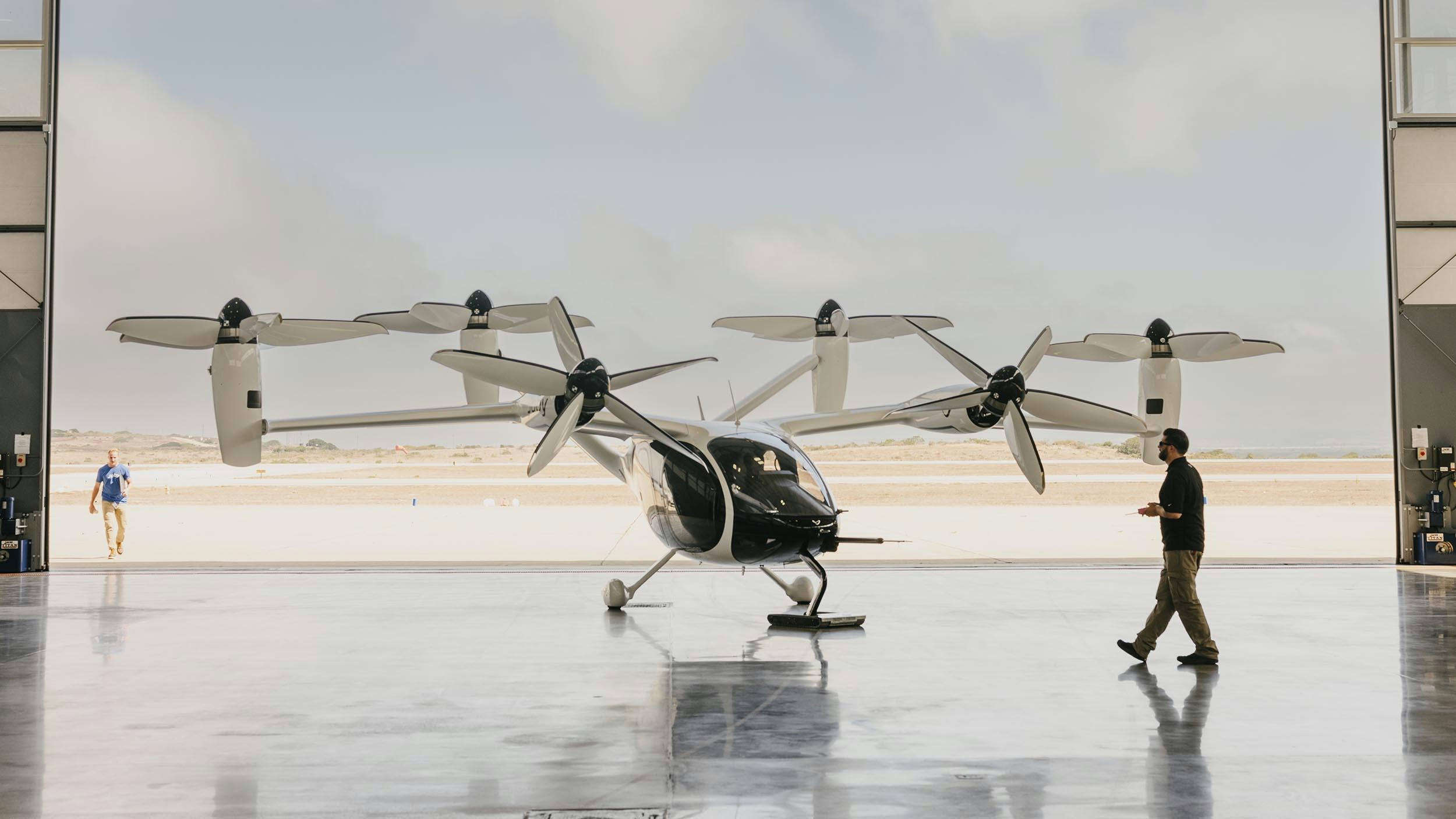
AeroGenie: Su copiloto inteligente.
Tendencias
Categories
Air India Crash Investigators Examine Engine, Flap, and Landing Gear Issues
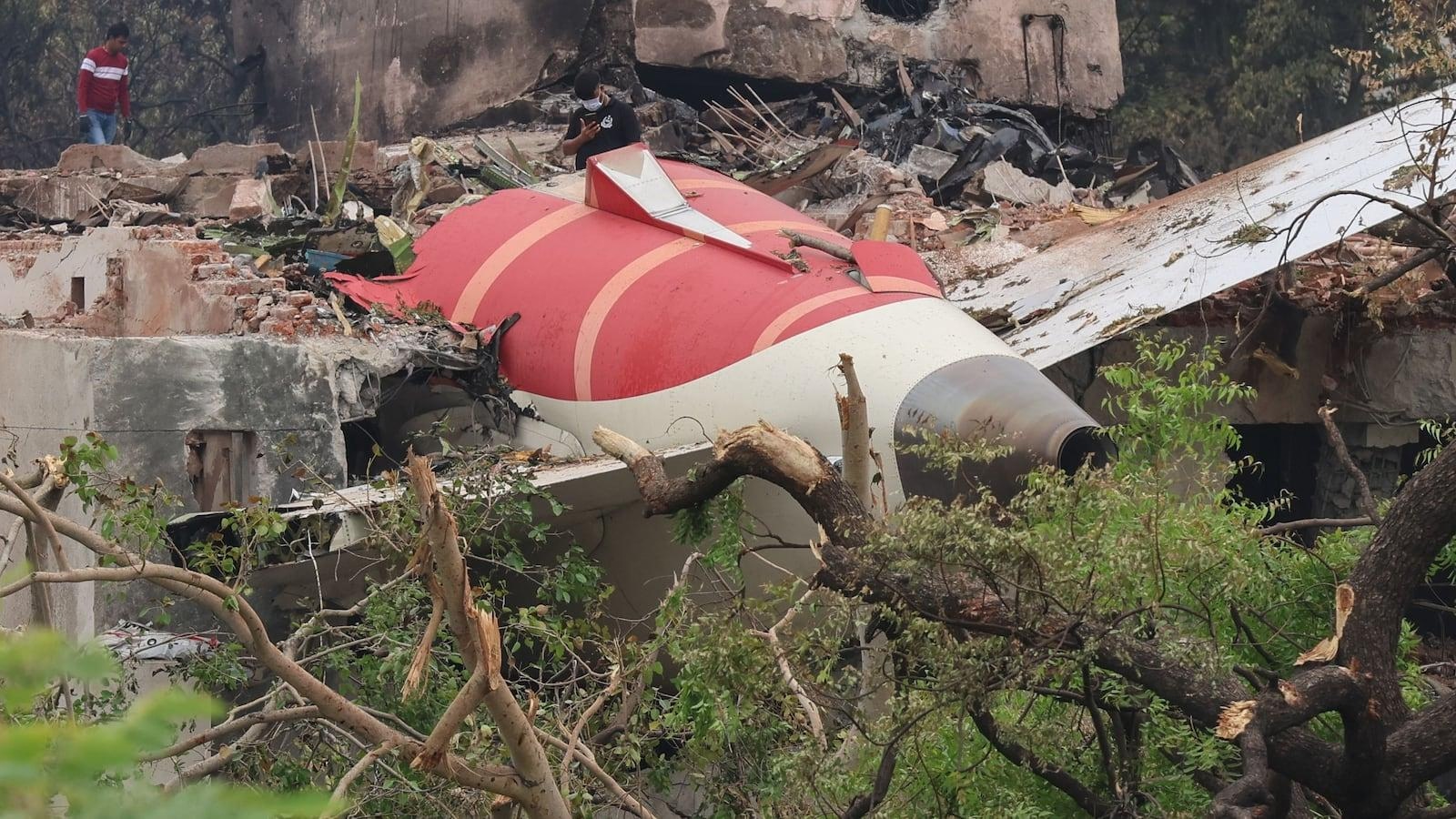
Air India Crash Investigation Centers on Key Mechanical Failures
Mumbai — Indian authorities investigating the crash of Air India Flight 171, which resulted in the loss of over 270 lives, are focusing on possible malfunctions involving the aircraft’s engine, wing flaps, and landing gear. The tragic accident occurred on June 12 in Ahmedabad, and Thursday will mark one week since the incident.
Government Response and Investigation Efforts
In response to the disaster, Prime Minister Narendra Modi has deployed the Air Accident Investigation Bureau and formed a ministerial committee to oversee the inquiry. Investigators are meticulously examining whether failures in these critical components contributed to the crash. The probe aims to uncover the precise causes behind the mechanical issues that may have led to the catastrophe.
Implications for Air India and the Aviation Sector
The crash arrives at a pivotal moment for Air India, which is currently undergoing a significant transformation under its Vihaan.AI program. The findings of the investigation are expected to carry substantial weight for the airline’s reputation and the progress of its restructuring initiatives. Industry analysts suggest that the outcome could affect investor confidence, potentially causing fluctuations in Air India’s stock prices and raising broader concerns about the stability of India’s aviation industry.
Competitors within the sector are closely observing the developments, with some anticipated to implement enhanced safety protocols and launch public relations efforts aimed at reassuring passengers. Beyond Air India, the investigation’s results may also influence perceptions of Boeing aircraft across the global aviation community.
As the inquiry continues, both the aviation industry and the public await definitive answers that will shape the future direction of India’s flagship carrier and the wider aviation landscape.
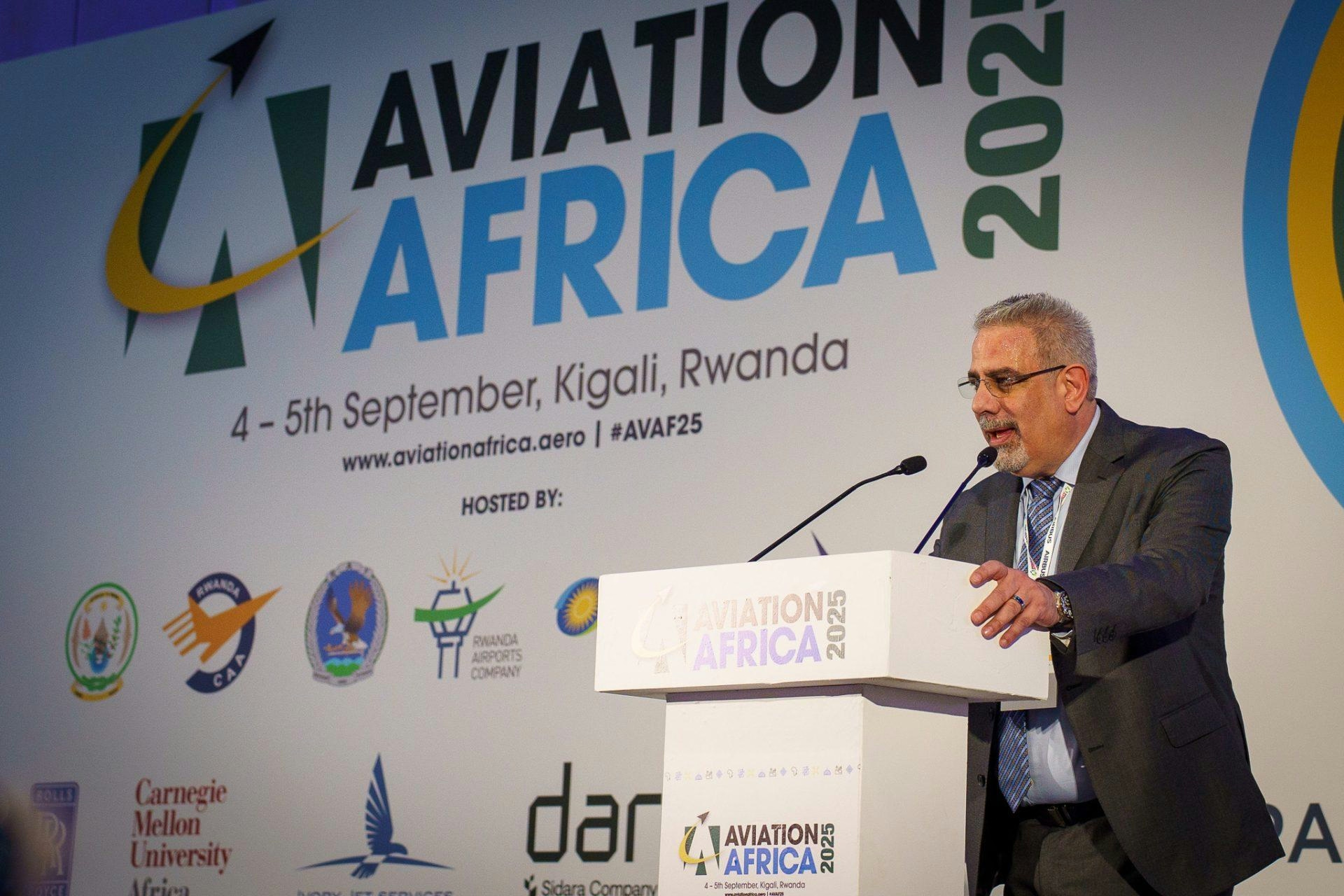
IATA Identifies Africa as the Most Expensive Region for Airline Operations

From Acquisition to Growth
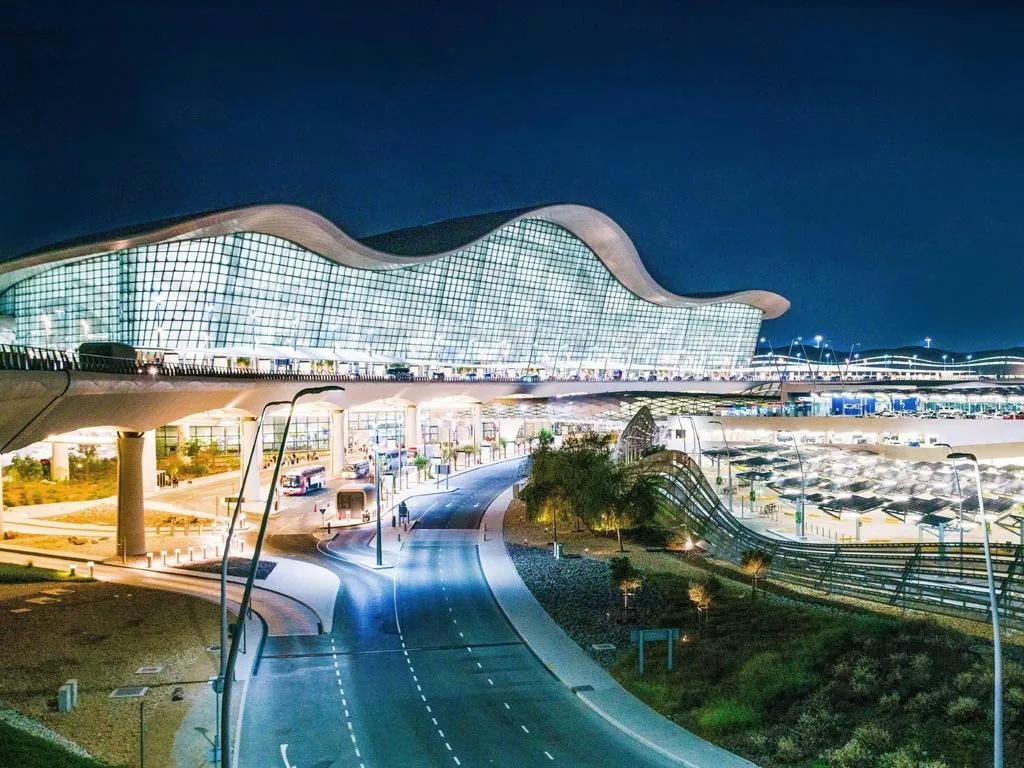
UAE Airports Adopt AI to Manage Rising Passenger Traffic

Spain’s Leading Airlines and Hotels Use Google Flights AI to Enhance Holiday Offers
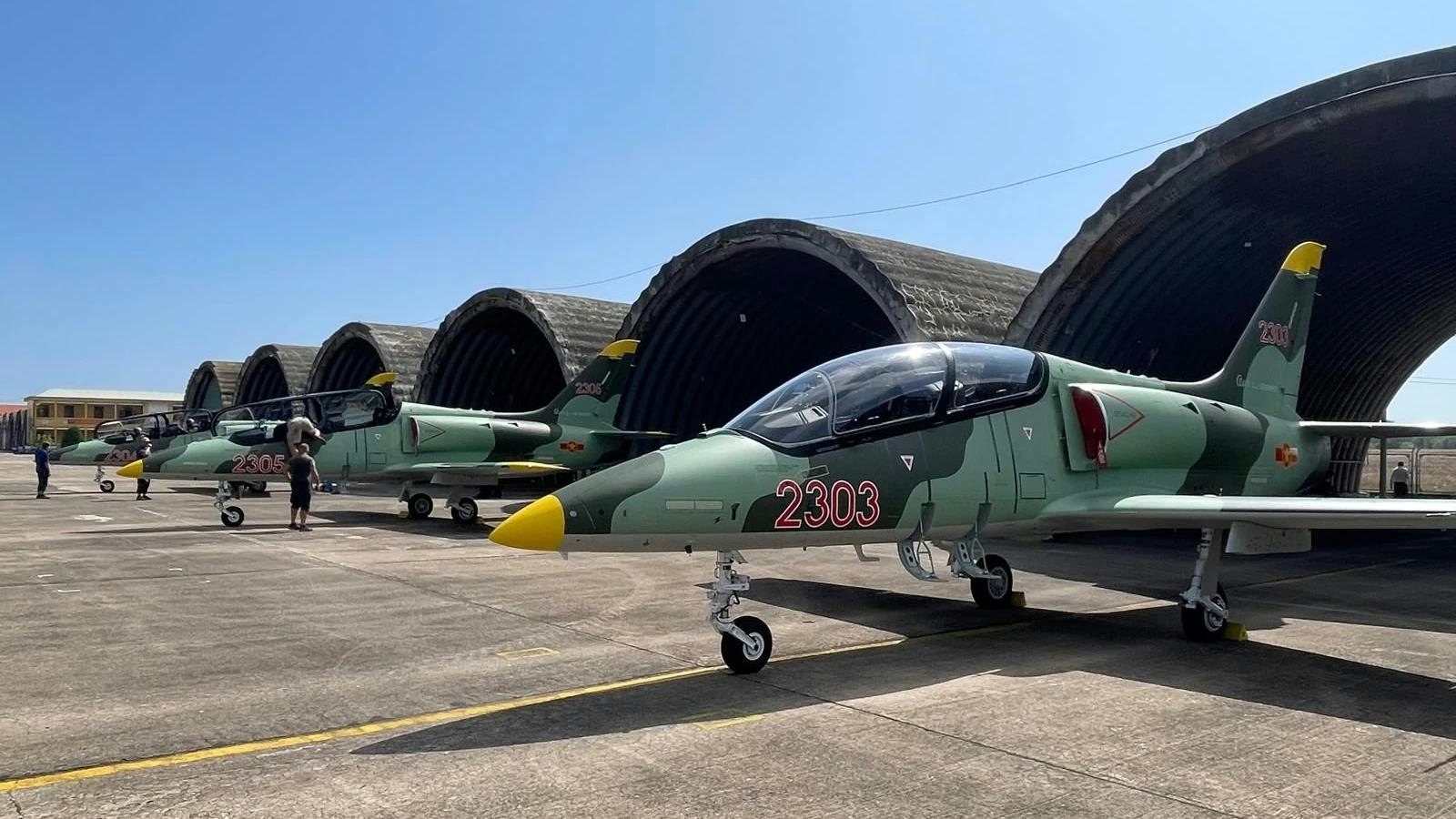
Vietnam Grounds 28 Aircraft Amid Global Engine Shortage
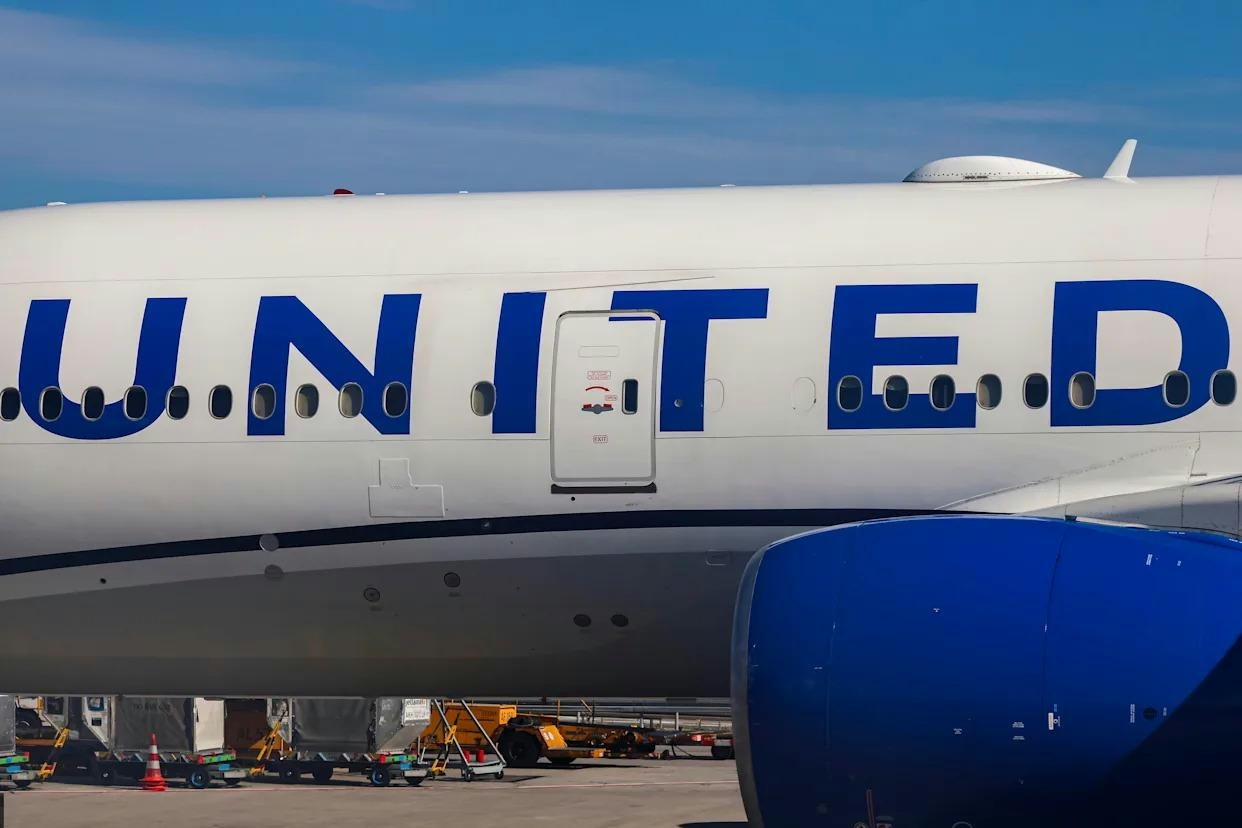
United Airlines Flight Returns to Dulles After Engine Failure on Takeoff
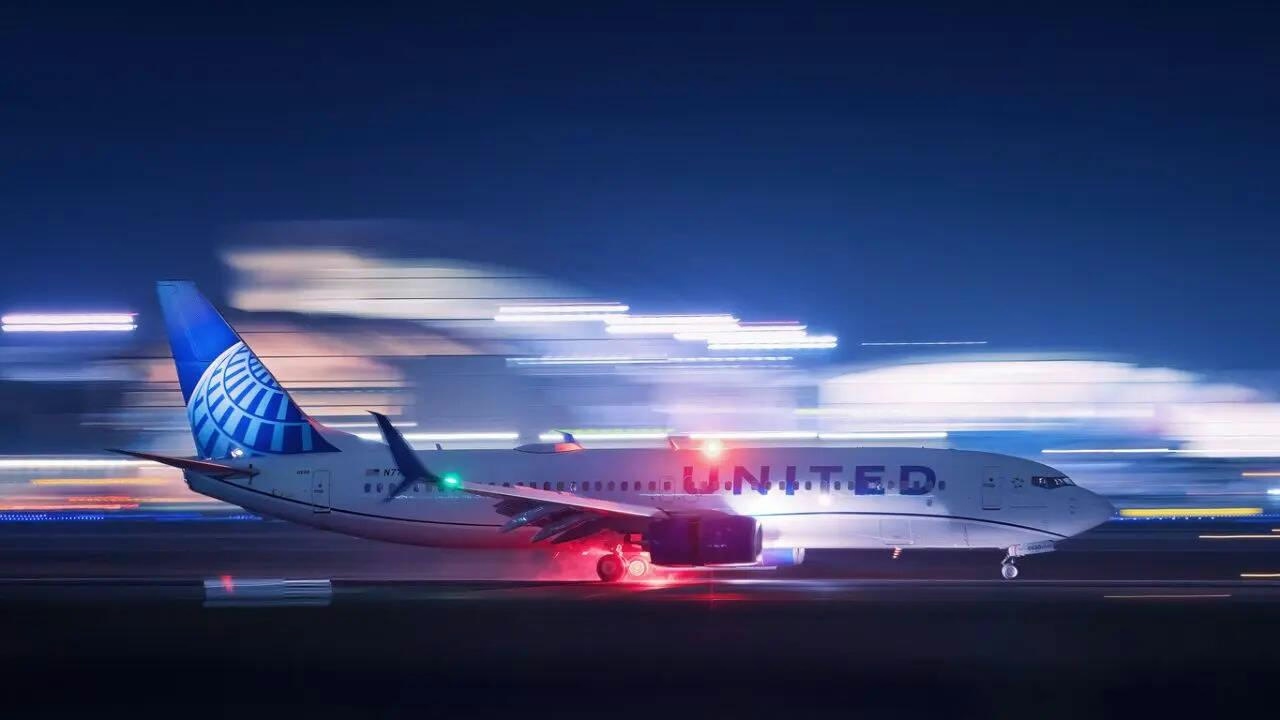
United Airlines flight makes emergency landing at Dulles after engine failure
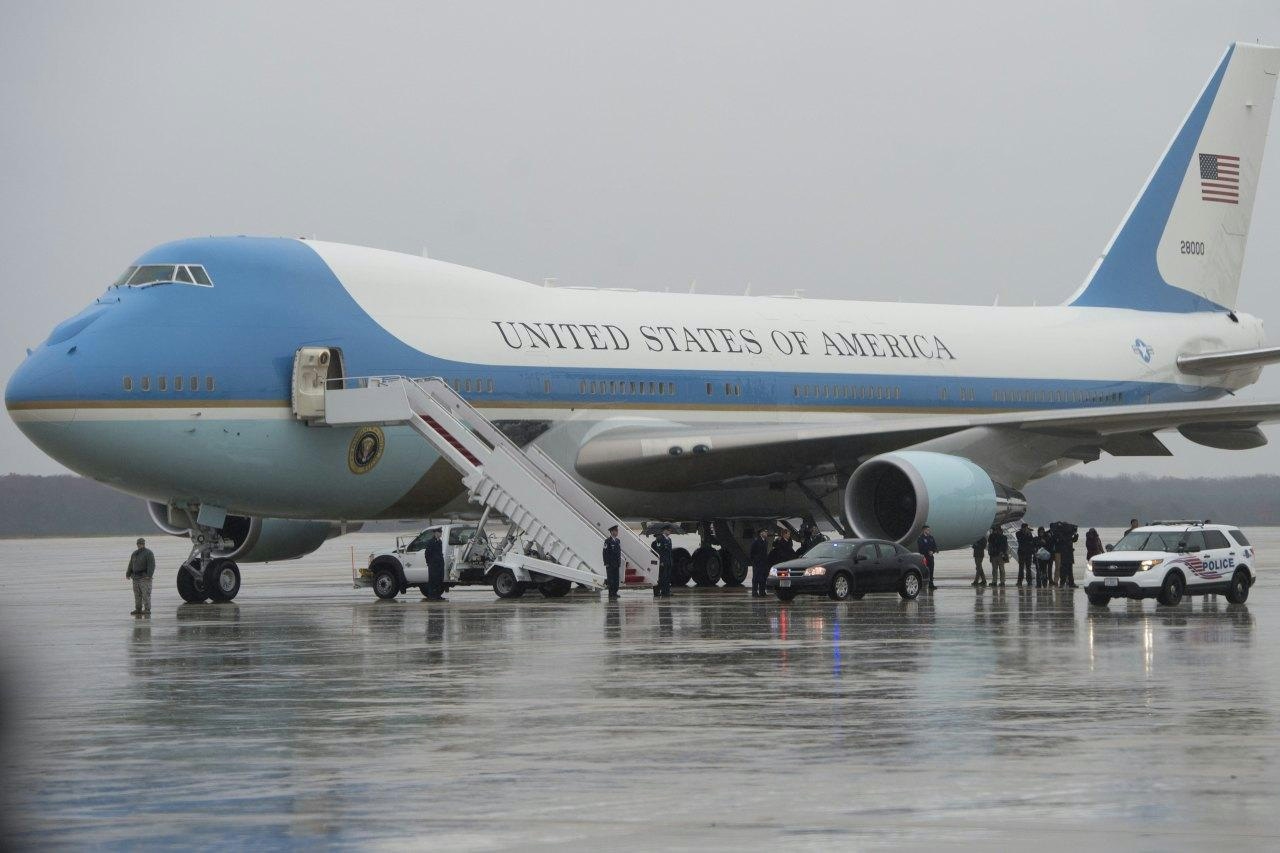
The Impact of the New Air Force One’s Delayed 2028 Arrival on Aviation and Travel
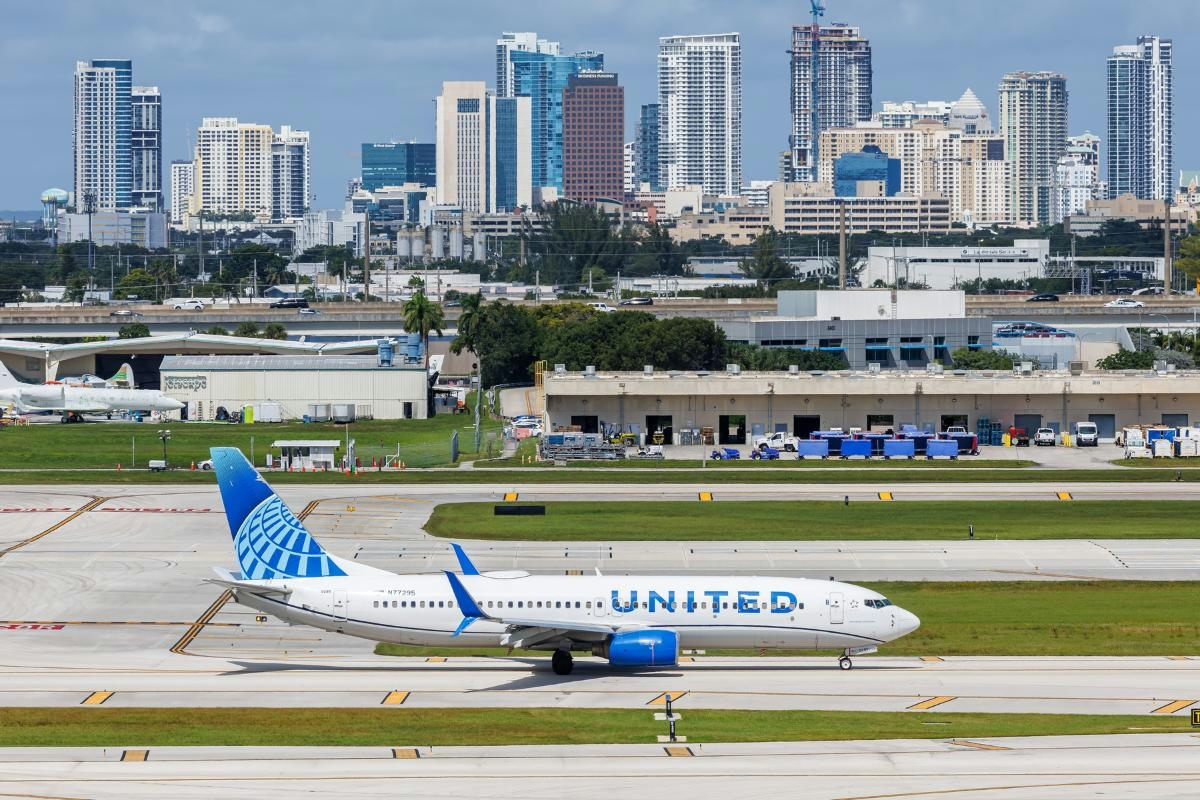
United Airlines Restarts Controversial AI Scheduling for Flight Attendants
